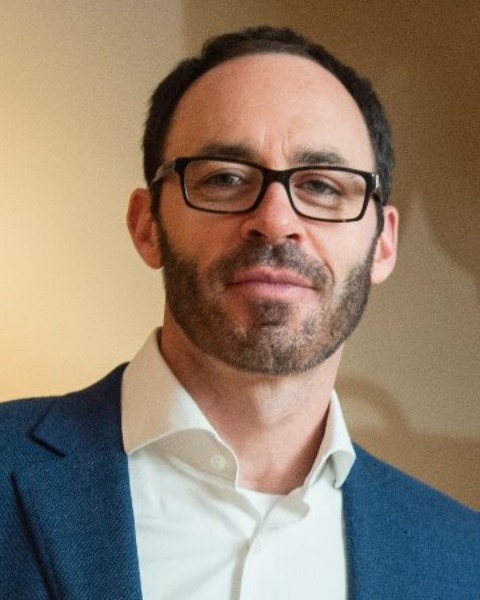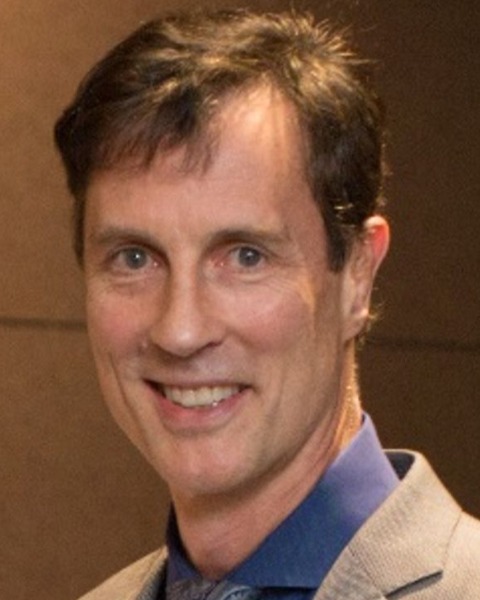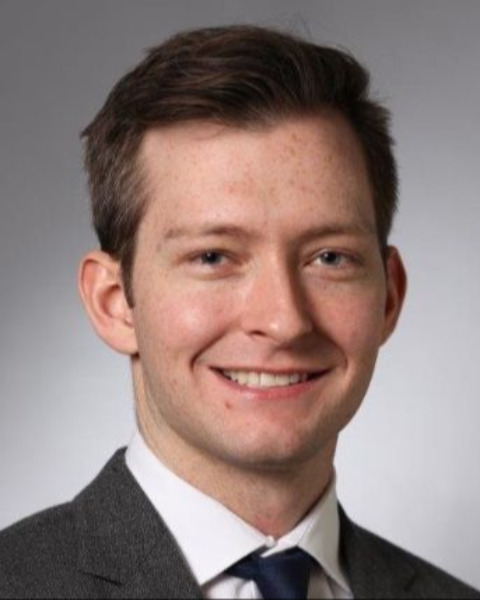SIR 2025
Pain Management/MSK
Scientific Session
Treatment of Painful Diabetic Neuropathy: 10 kHz SCS Provides Durable Pain Relief and Sensory Function Improvements

J. Dana Dunleavy, MD
Medical Director
Atlas Interventional Radiology (AIR), United States- MS
Matthew C. Shonnard, MD, MPH
Fellow
Comprehensive Speciality Care, United States 
Douglas Beall, MD, FSIR
Chief of Radiology Services
Comprehensive Specialty Care, United States
Jacob W. Fleming, MD
Interventional Musculoskeletal Radiologist
Vascular and Interventional Specialists, United States- EP
Erika Petersen, MD
Professor of Neurosurgery
University of Arkansas for Medical Sciences, United States - TS
Thomas Stauss, MD
Physician
Advanced Pain Management, United States - JS
James Scowcroft, MD
Physician
Midwest Pain Management Center, United States - MJ
Michael Jaasma, PhD
Principal Clinical Research Scientist
Nevro Corp, United States - SS
Shawn Sills, MD
Founder and Attending Physician
Touchstone Interventional Pain Center, United States - KA
Kasra Amirdelfan, MD
Medical Director
IPM Medical Group, United States - MG
Maged Guirguis, MD
System chair and Physician
Interventional pain management department at Ochsner Health, United States - CA
Charles Argoff, MD
Professor of Neurology
Albany Medical Center, United States - CN
Christian Nasr, MD
Professor
The University of Arizona College of Medicine - Phoenix, United States - DC
David Caraway, MD, PhD
Chief Medical Officer
Nevro Corp., United States - NM
Nagy Mekhail, MD
Professor
Cleveland Clinic, United States
Presenting Author(s)
Author/Co-author(s)
Materials and Methods: This prospective, multicenter RCT evaluated 10 kHz SCS in PDN patients with 24-month (24M) follow-up. Key study inclusion criteria were: PDN symptoms ≥12M refractory to medications, lower limb pain intensity ≥5cm (0-10cm visual analog scale [VAS]), and hemoglobin A1c ≤10%. Patients (n=216) were randomized 1:1 to SCS plus conventional medical management (CMM) or CMM alone, with optional crossover at 6M.
Results:
At 6M, patients randomized to 10 kHz SCS experienced significantly greater pain relief than with CMM alone (via 10-cm VAS, pain relief of 76% for SCS vs. pain increase of 2% for CMM alone; p< 0.001). After 6M, 93% of eligible CMM patients crossed over to SCS; no SCS patients crossed over to CMM. At 24M, average pain relief was 80% (p < 0.001), and pain responder rate (≥50% pain relief) was 90%.
Reductions in pain interference with sleep (via PSQ-3 questionnaire) were similarly observed. SCS provided significant reductions vs. CMM (p < 0.001) at 6M, and 66% decrease in pain interference with sleep at 24M (p < 0.001 vs. preimplantation).
At 6M, proportion of patients with low risk of foot ulceration improved by 90% for SCS vs 11% for CMM alone (p < 0.001). At 24M, low risk of foot ulceration improved by 103% (p=0.006).
No devices were explanted due to lack of efficacy. There were eight (5.2%) study-related infections (3 resolved, 5 explanted), within the range reported for SCS in non-diabetes populations.
Conclusion: 10 kHz SCS provides durable pain relief with acceptable safety in patients with PDN. Sensory improvements highlight the unique disease-modifying potential of this therapy, and future work will evaluate the benefits on reducing diabetic foot complications and associated healthcare costs.


.jpg)